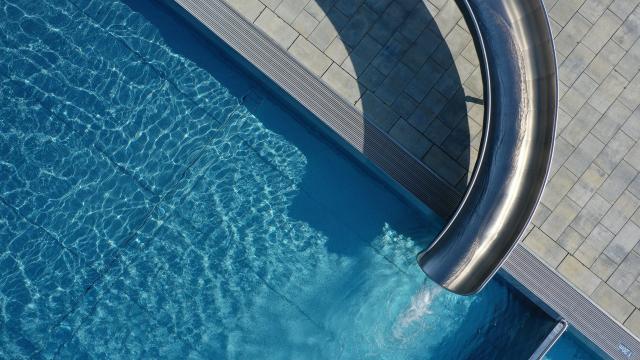Waterborne illnesses like swimmer’s ear, norovirus, and Legionnaires’ disease sicken over 7 million Americans, hospitalise more than 100,000, and kill nearly 7,000 each year, a new report from the U.S. Centres for Disease Control and Prevention estimates. The germs also rack up billions in health care costs.
The report, published by the CDC on Wednesday, is the first of its kind to try to estimate how much suffering waterborne germs cause in the U.S. every year. The estimates are based on multiple sources of information, including surveillance data from emergency rooms, hospitals, and doctors’ offices. It focuses on 17 commonly reported infectious diseases spread through contaminated water — not just what we drink, but also the water found in swimming pools and hot tubs, as well as aerosolised water from air-conditioning units, for example.
“It’s important to think about more than just the water we drink when thinking about preventing waterborne disease. We breathe in water in the air, and we bathe, swim and play in water, too,” lead author and CDC epidemiologist Sarah Collier told Gizmodo.
By far, the waterborne disease that most sickens Americans is swimmer’s ear, also known as otitis externa. It accounts for about two-thirds of all cases, causing an estimated 4.7 million illnesses annually. Swimmer’s ear is basically an infection of the external ear canal, caused by germs that colonise the canal when water gets stuck inside. Though it only rarely causes serious illness, it’s no picnic, according to Collier.
“Swimmer’s ear may seem like just a minor nuisance, but these infections can be excruciatingly painful, and they cause more than 20,000 hospitalizations per year,” she said.
Safer drinking water and sanitation has greatly reduced the threat of waterborne illness in the U.S. over the past century, with once-fearsome diseases like cholera no longer a worry. But as Collier notes, there are still millions getting sick from these bugs every year. Though local and state governments still need to do a better job of keeping our water supply safe, there are simple steps we can take to lower our own personal risk of waterborne illness.
“People can prevent waterborne germs at home by flushing faucets and showerheads if they have not been used recently, cleaning, disinfecting, and maintaining all devices that use water, and communicating with their water utility,” Collier said. Swimmer’s ear can be prevented by keeping our ears dry, such as by using earplugs while swimming.
After swimmer’s ear, norovirus infection is the second most common waterborne illness, causing around 1.3 million cases a year. It’s very contagious, capable of spreading from close contact as well as through contaminated food and water. As anyone who’s had the misfortune of having it well knows, it’s incredibly unpleasant to go through, causing diarrhoea, vomiting, and other flu-like symptoms. Another diarrheal disease, caused by the water-loving parasite Giardia, is the third most common, sickening an estimated 415,000 Americans every year.
The most common waterborne infection that hospitalizes people is caused by a group called mycobacteria. These bacteria are related to the germs that cause tuberculosis and leprosy, and they are found everywhere in our soil, water, and dust. Most of the time, they don’t cause illness at all, but in people already sick or with weakened immune systems, they can stir up trouble. Nontuberculous mycobacterial infections (NTMs) are thought to cause about 51,000 hospitalizations a year. After swimmer’s ear, the third most common source of annual hospitalizations — at 15,500 — comes from lung infections (pneumonia) of Pseudomonas bacteria.
NTMs and Pseudomonas pneumonia cause the bulk of deaths attributed to waterborne illness. Another common source of death comes from Legionnaires’ disease, caused by legionella bacteria. Legionnaires’ disease is notorious for spreading through contaminated water that’s been turned into aerosol from air conditioners or even hot tubs. NTMs and Pseudomonas pneumonia, meanwhile, are often found in hospitals and can spread through contaminated medical equipment. What makes these three germs even more dangerous is that they can build up into biofilm, a hardy and slimy colony of bacteria that is harder to kill through standard decontamination (when biofilms form in the body, they’re also tougher to kill with antibiotics).
All told, every year, waterborne illness is estimated to sicken 7.15 million people in the U.S., send 601,000 people to the emergency department, hospitalize 118,000, and kill 6,630. These ER and hospital visits add up, leading to $US3.33 ($4) billion in direct healthcare costs annually.
The CDC has safety guidelines for people who use their own private well water, as well as guidelines for recreational water facilities like public swimming pools and water parks. On that last note, one thing to never do is swim in pools if you’re feeling sick with diarrhoea or other gastrointestinal symptoms. The less poo germs in the water, the better for everyone.
